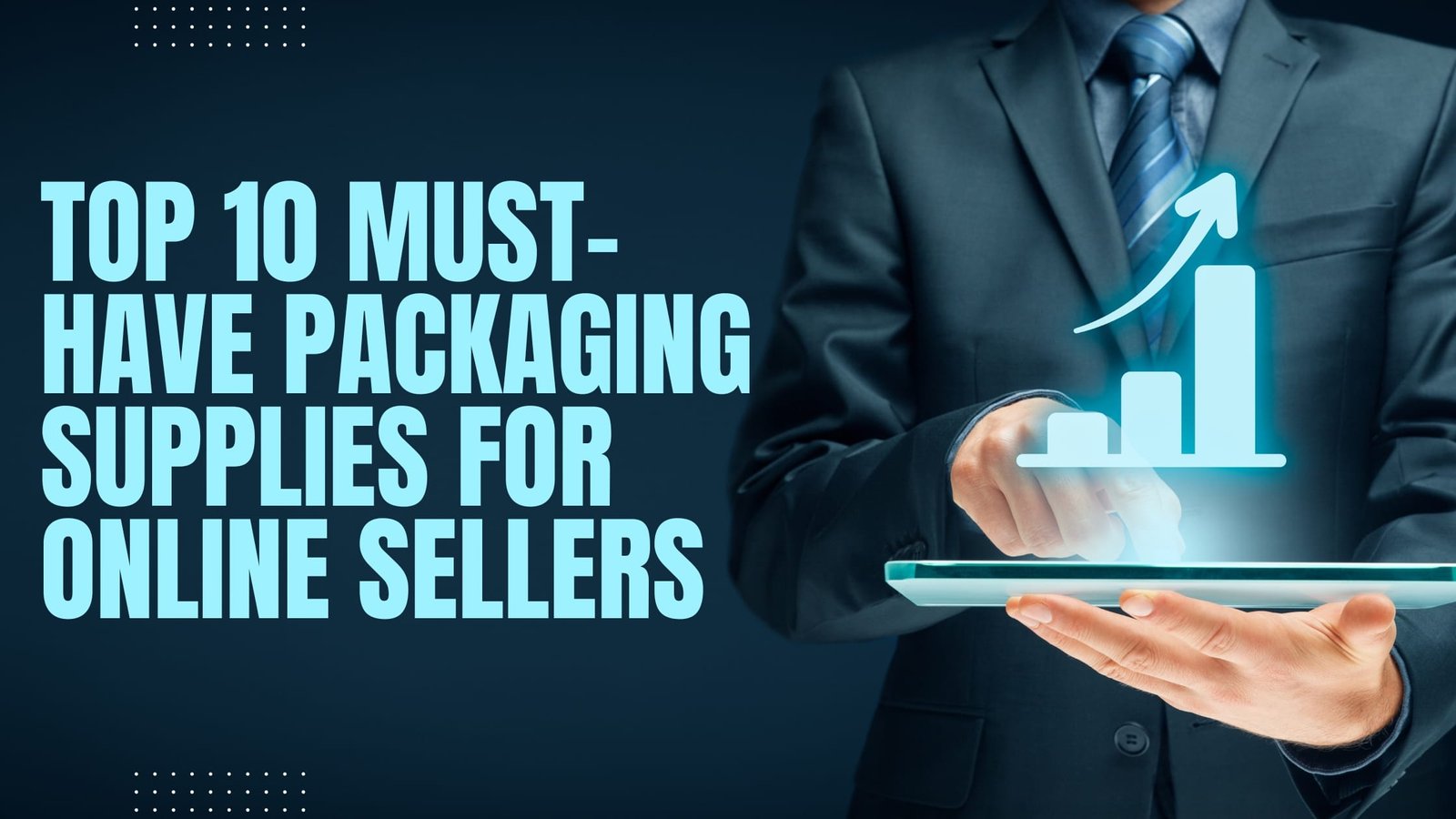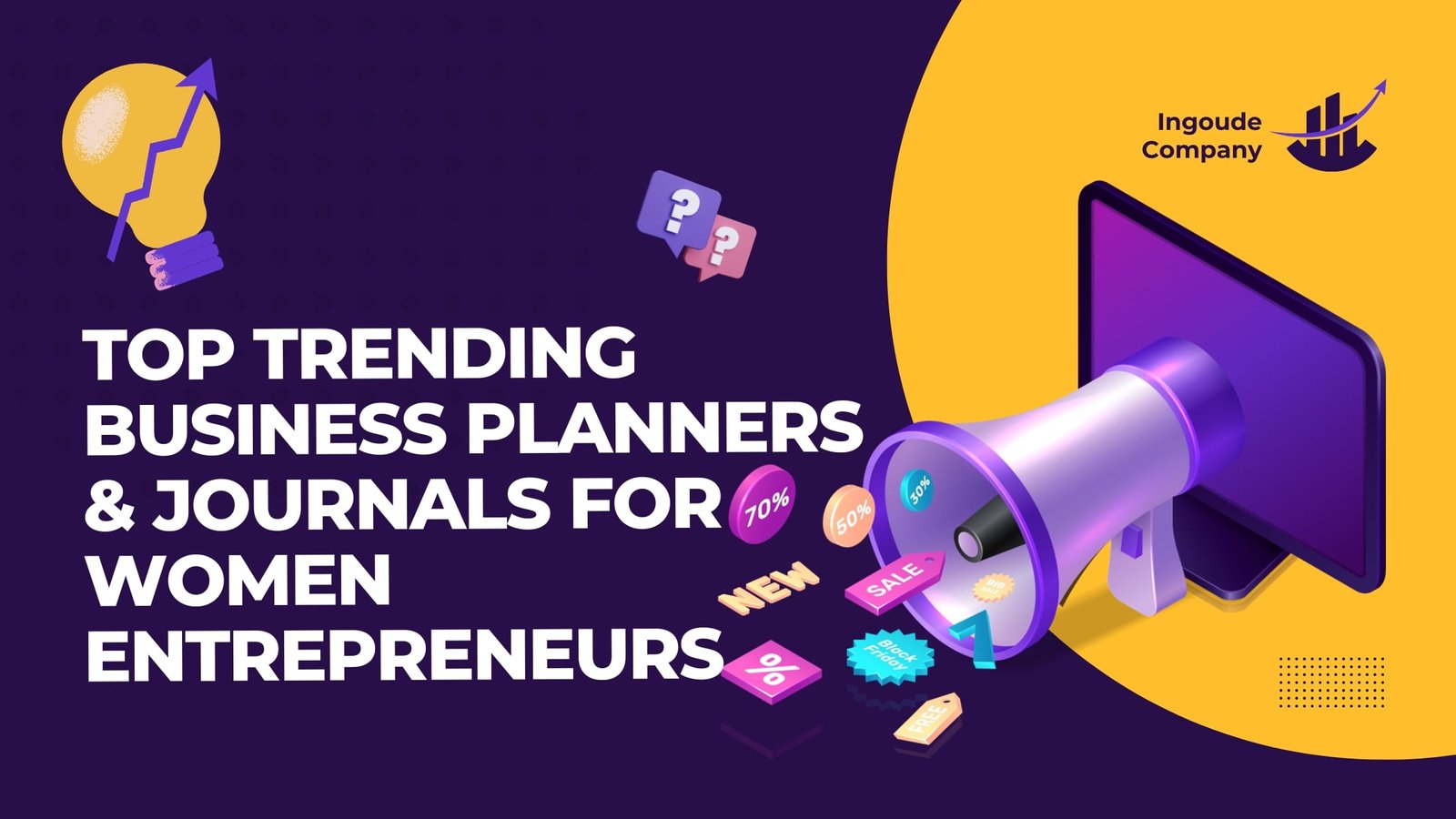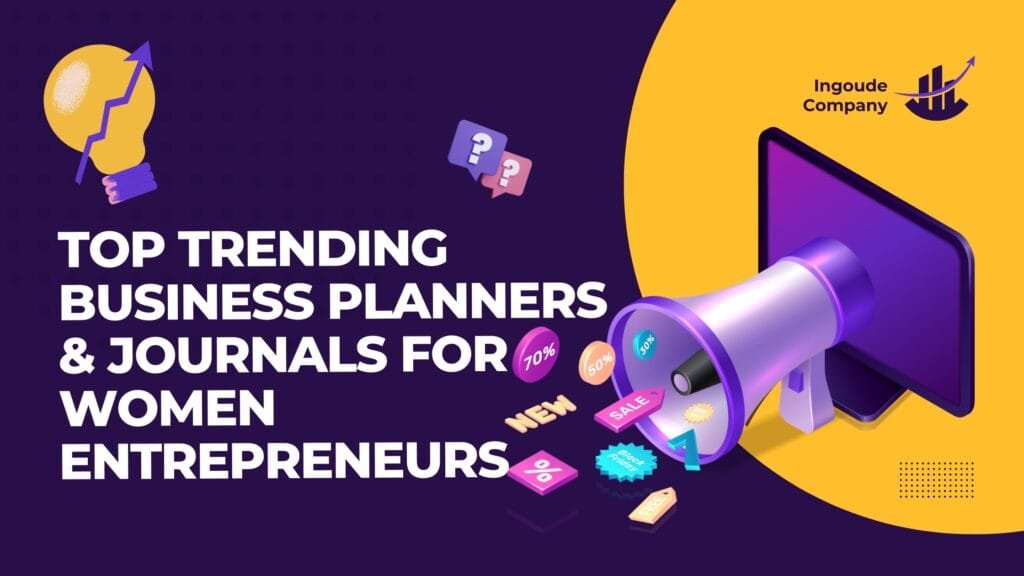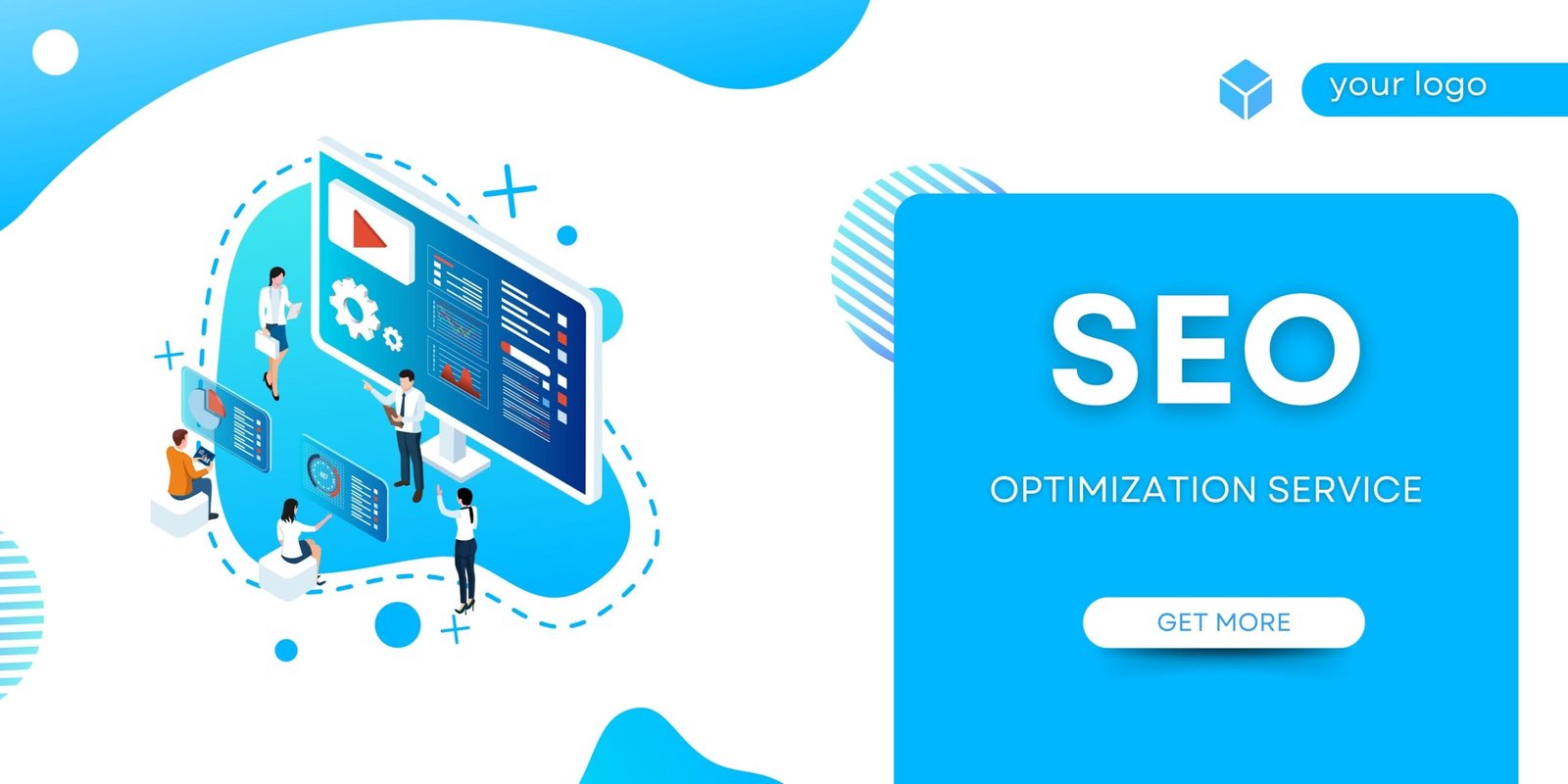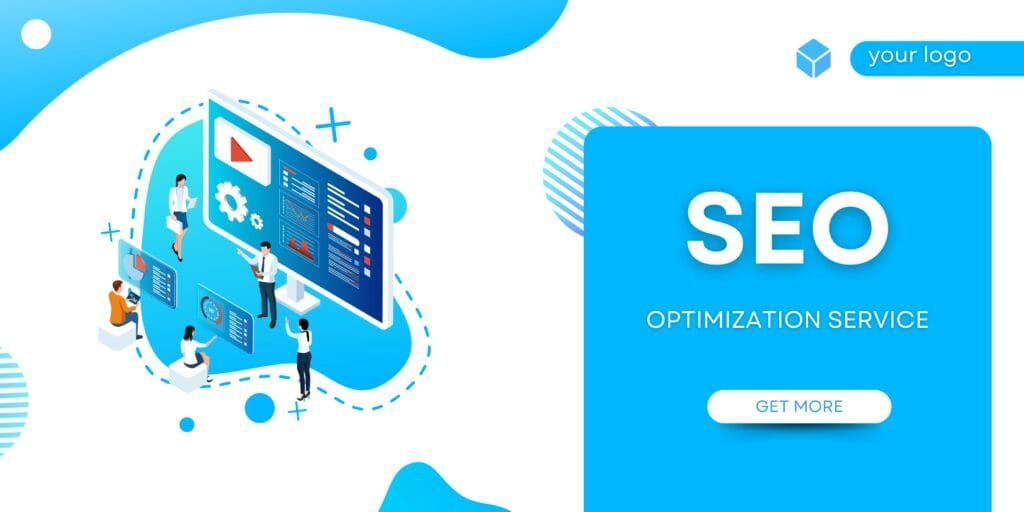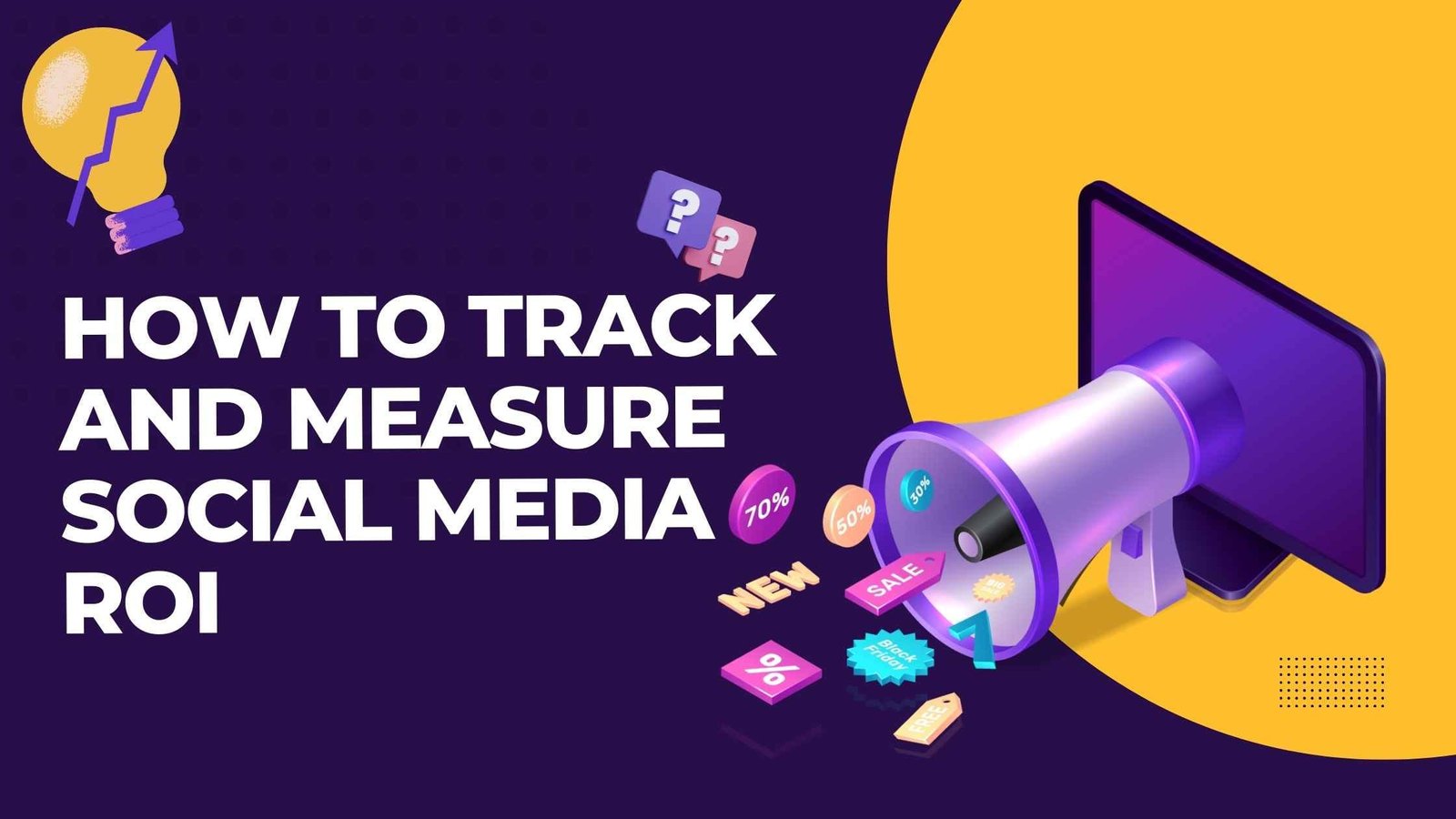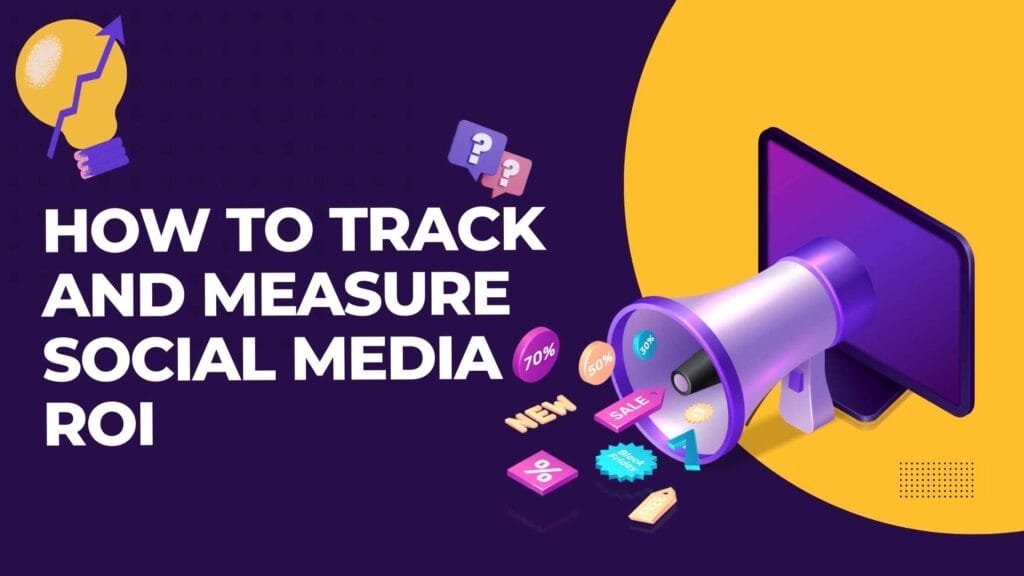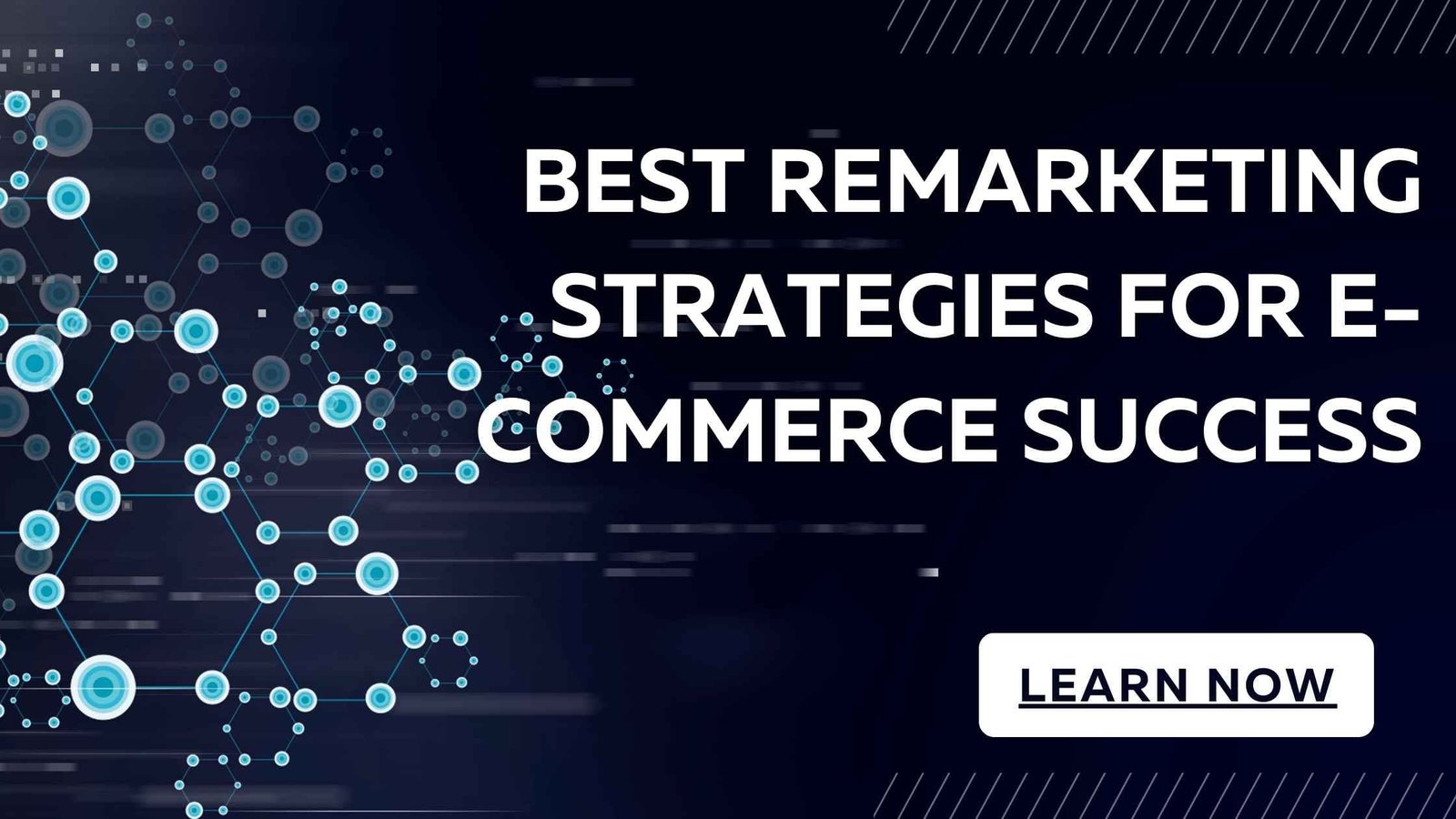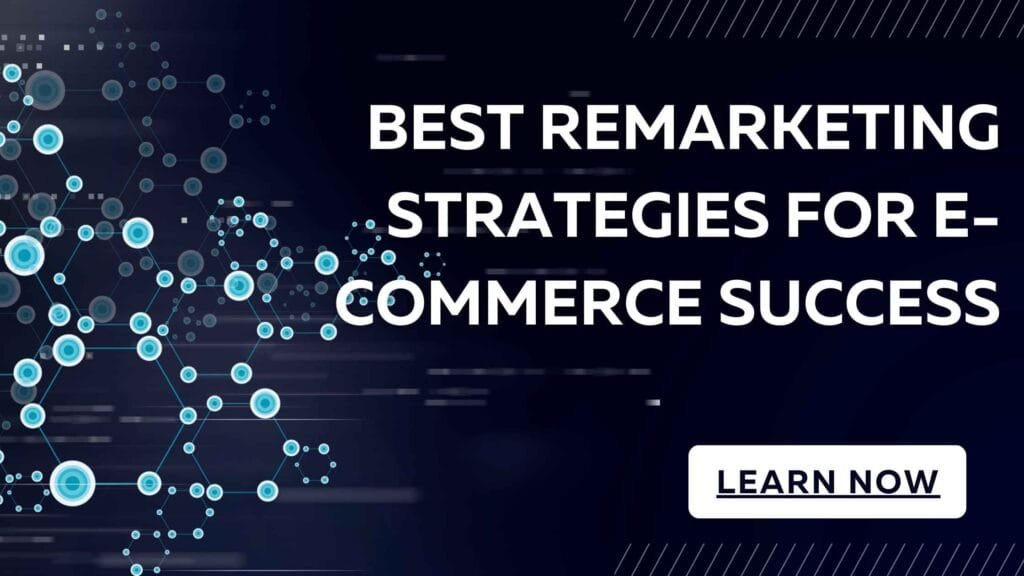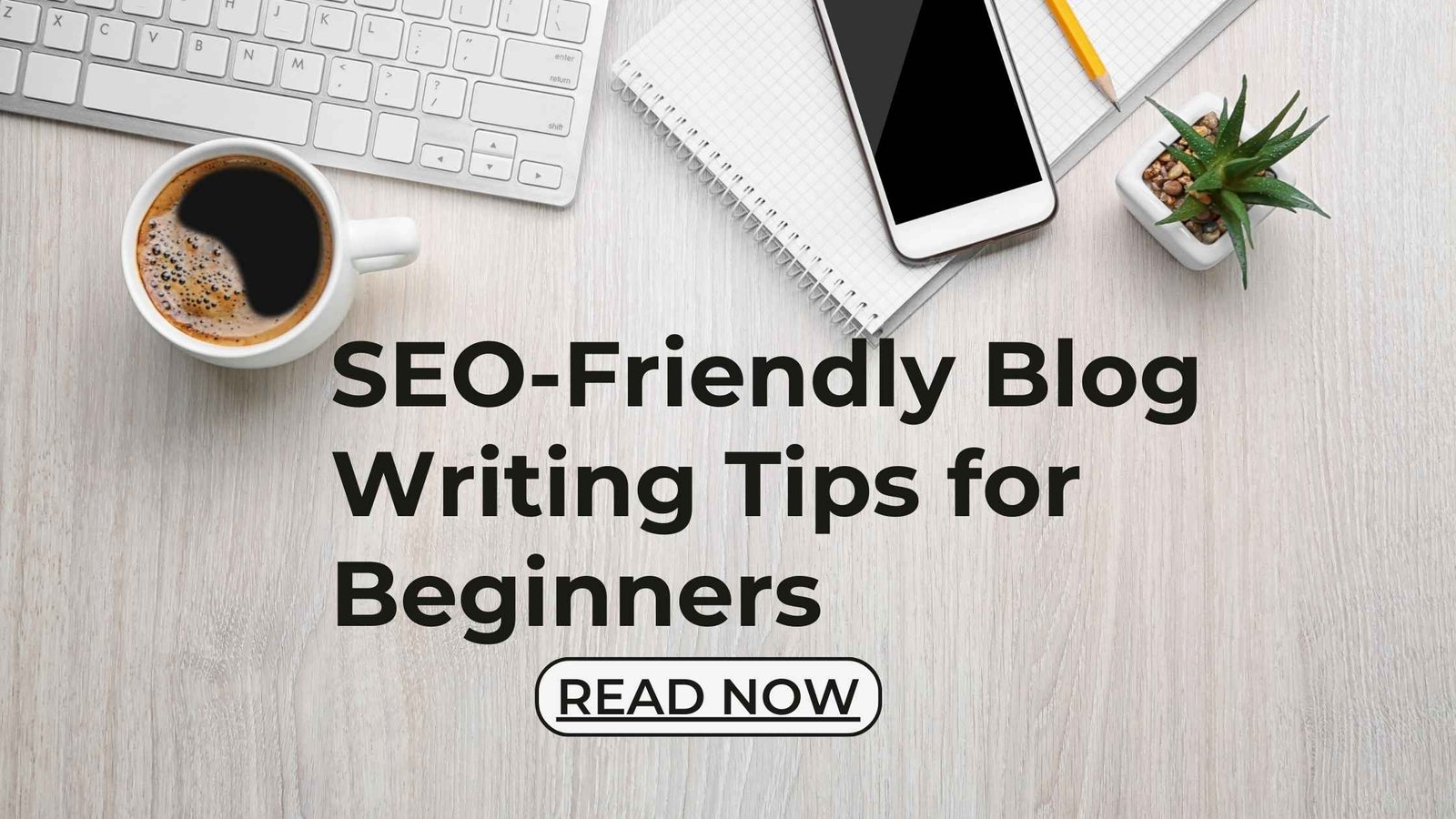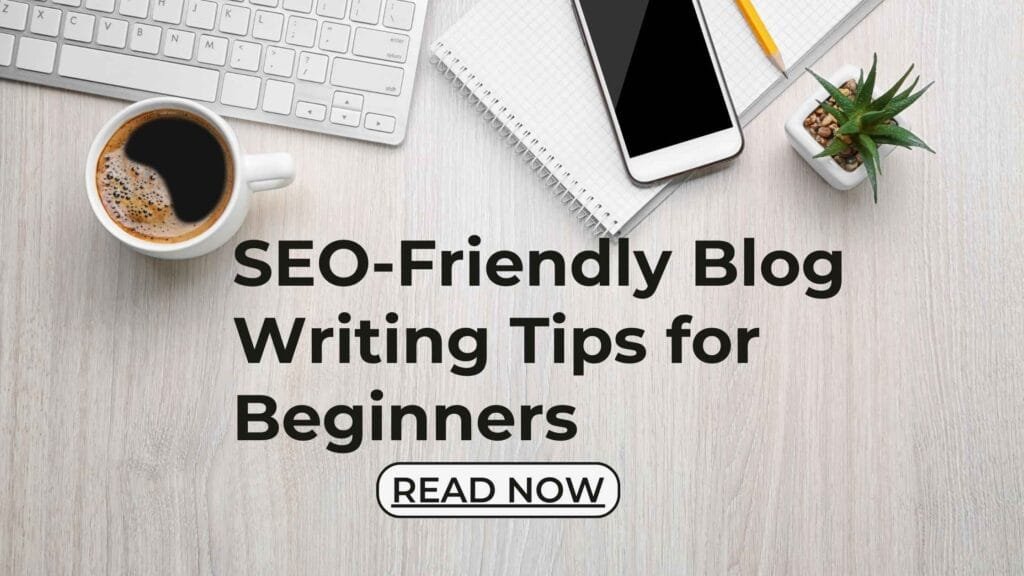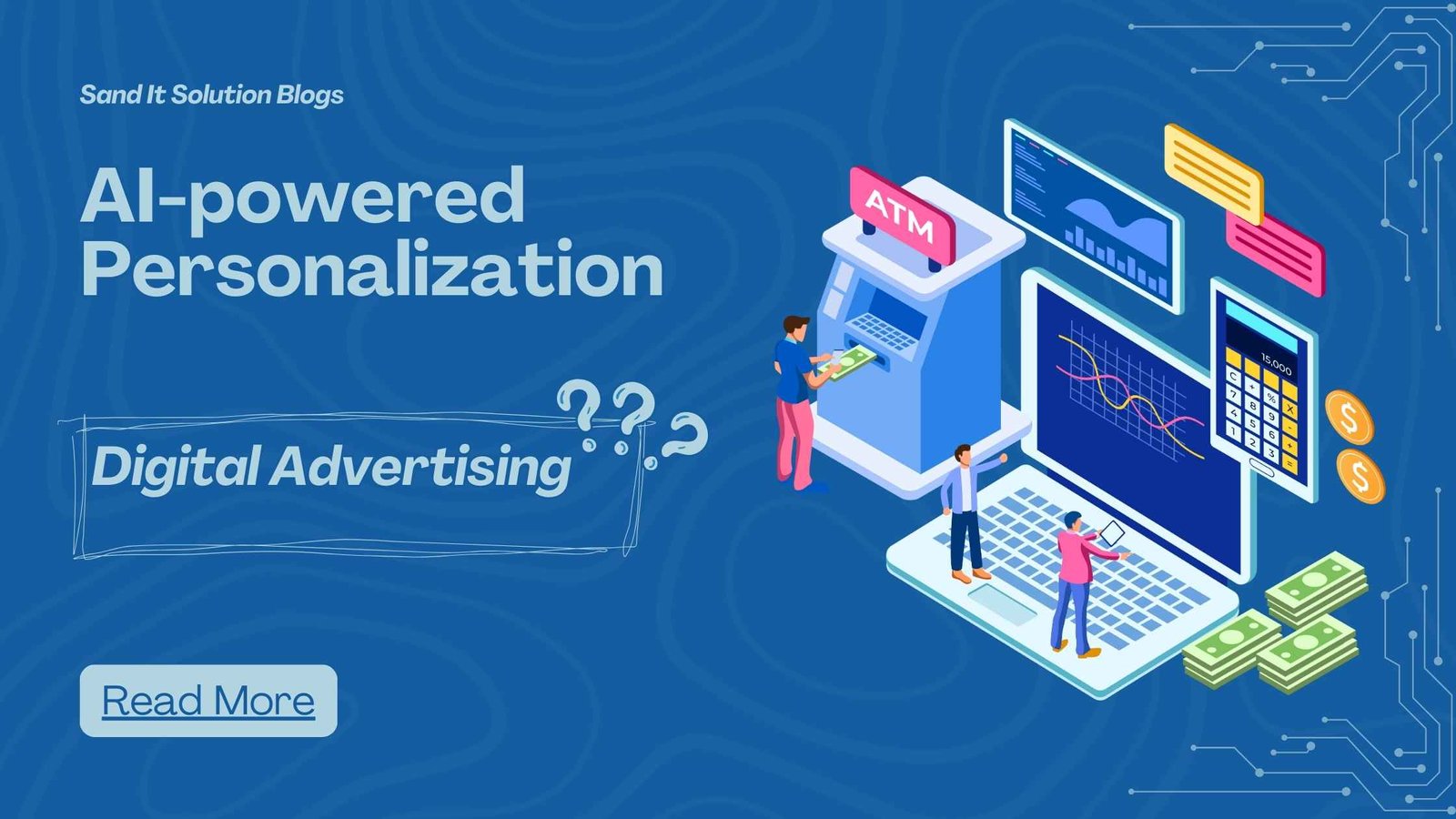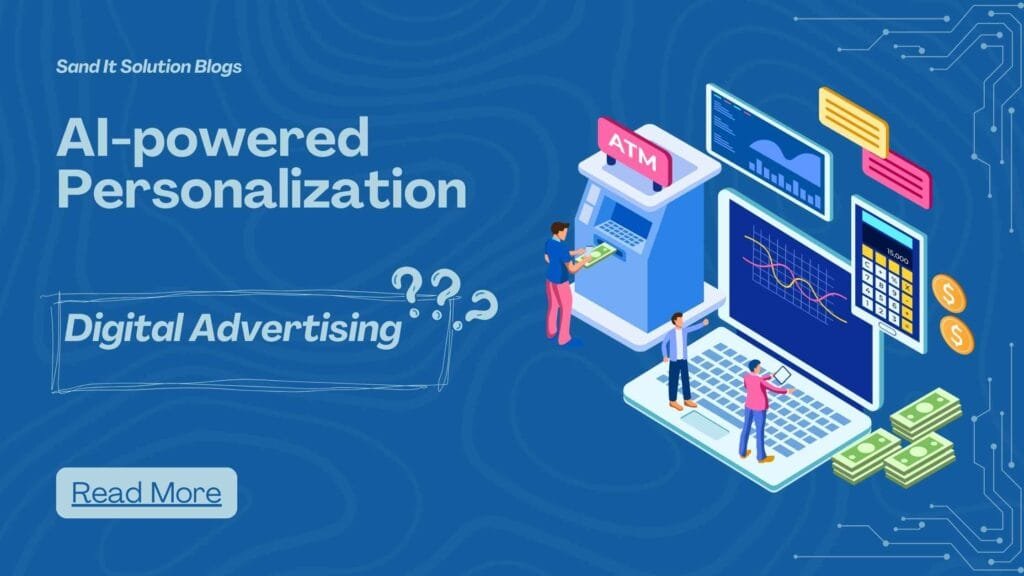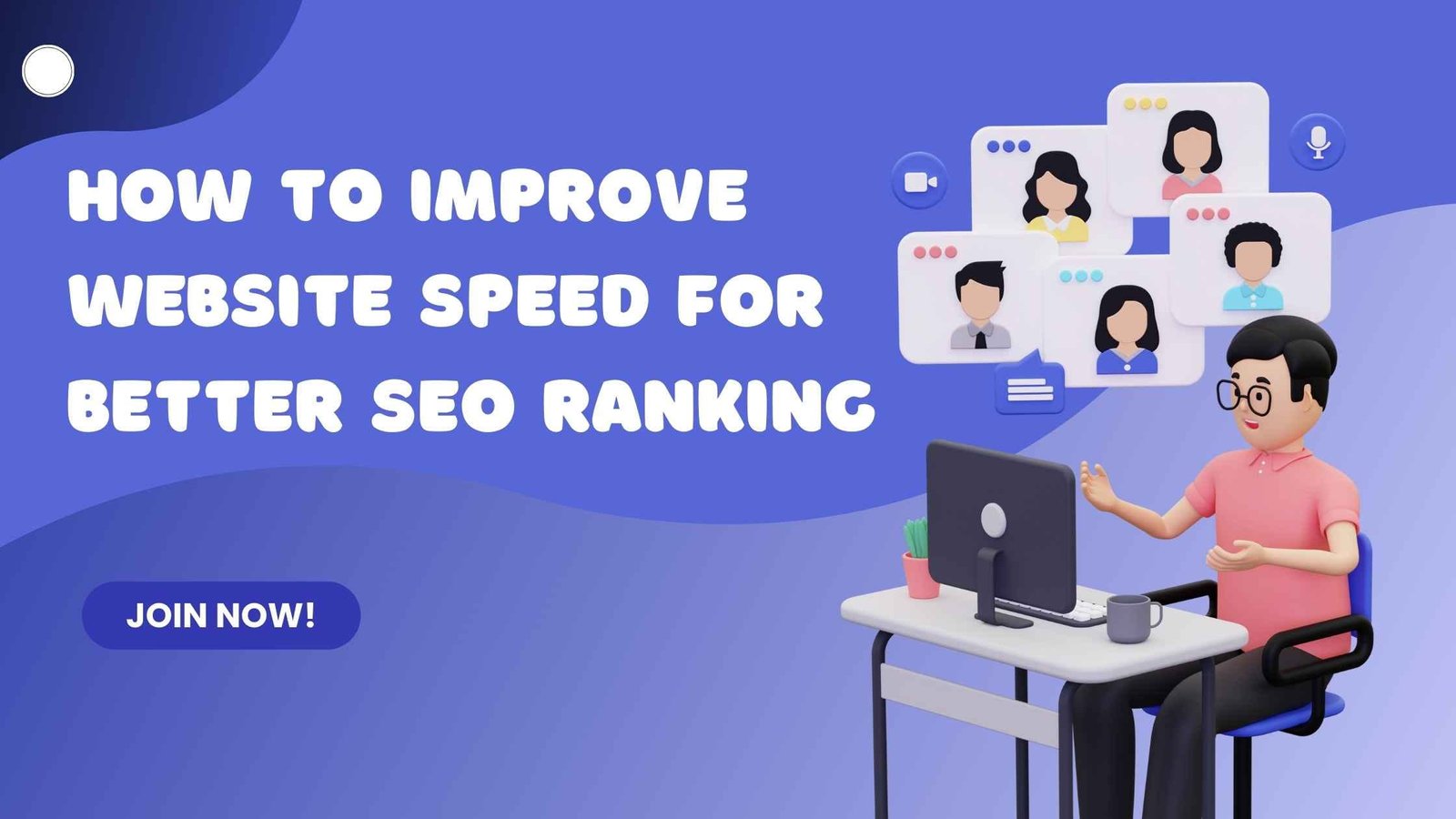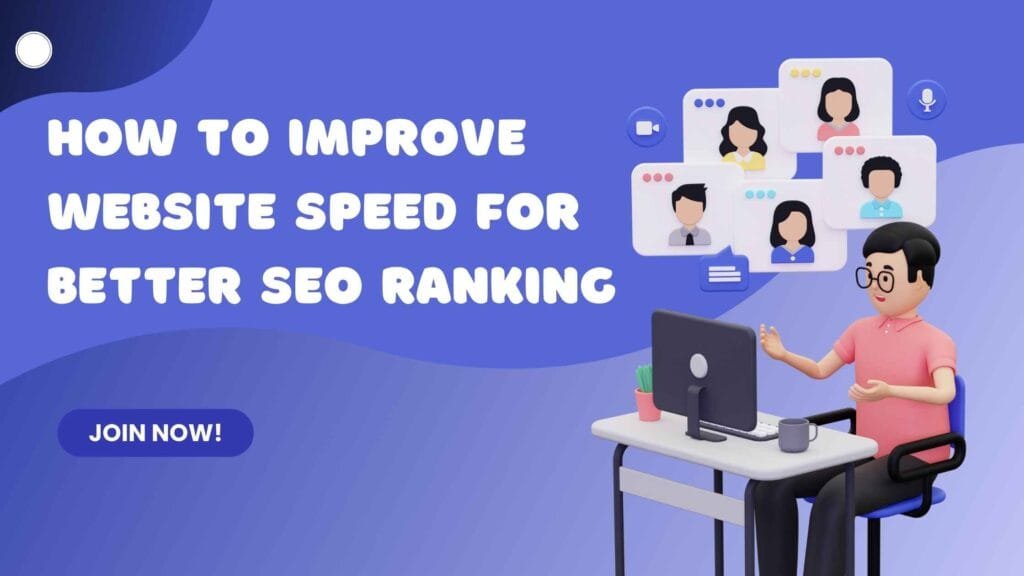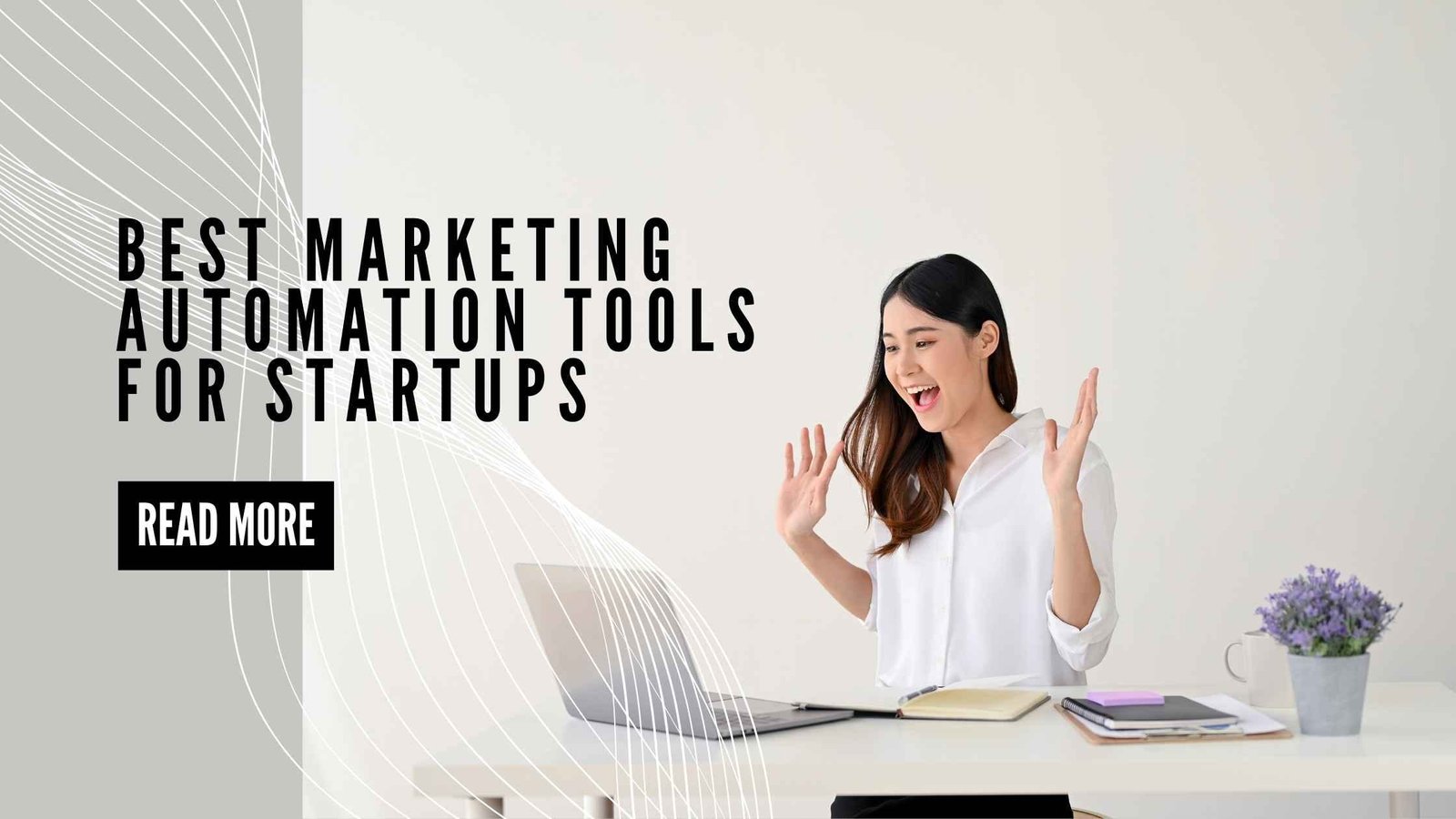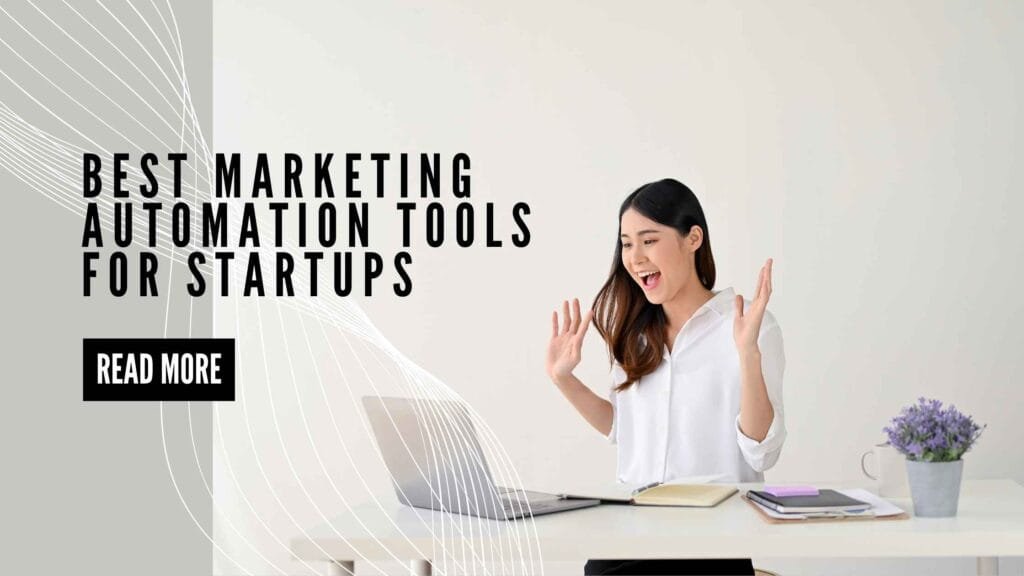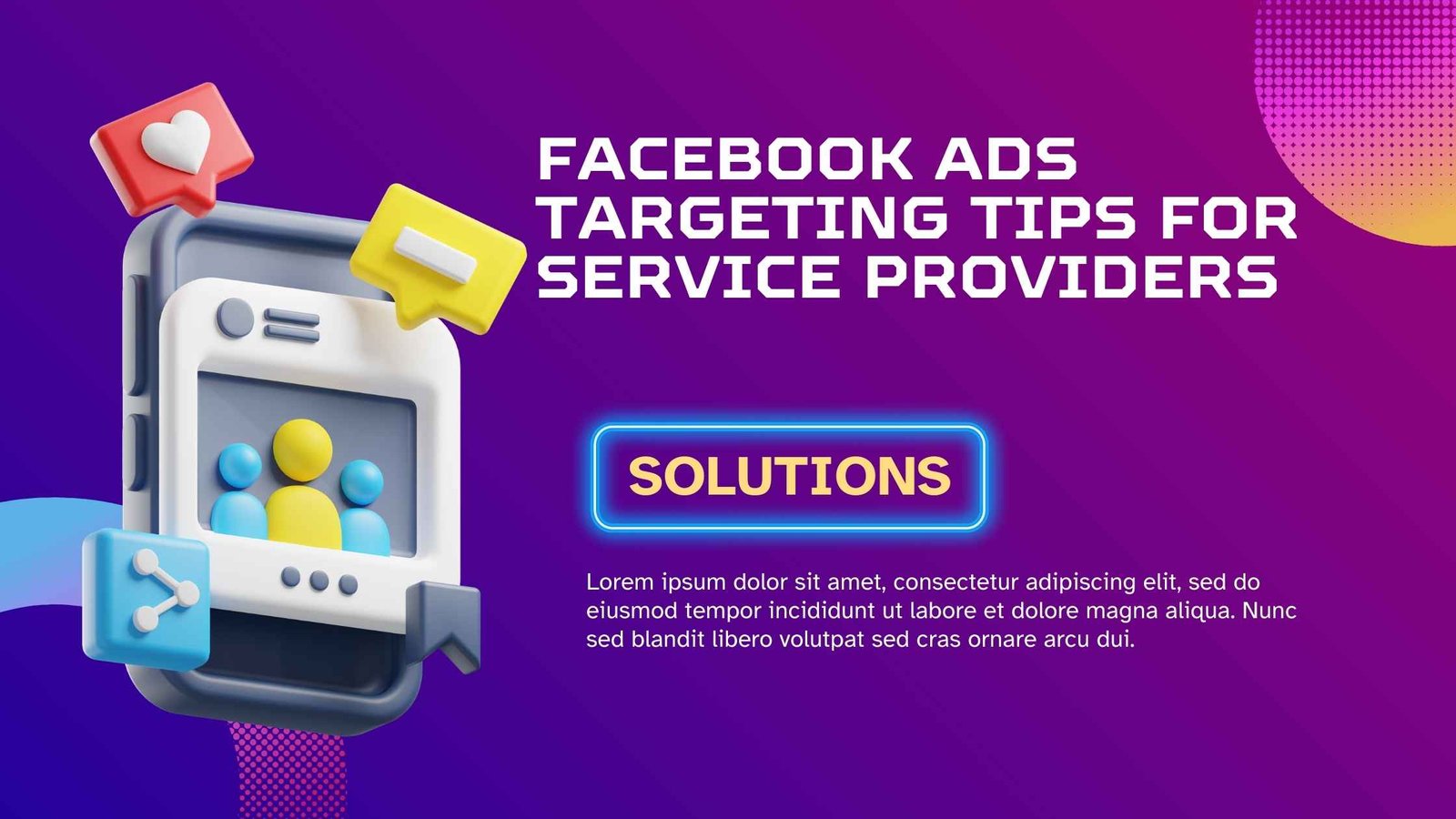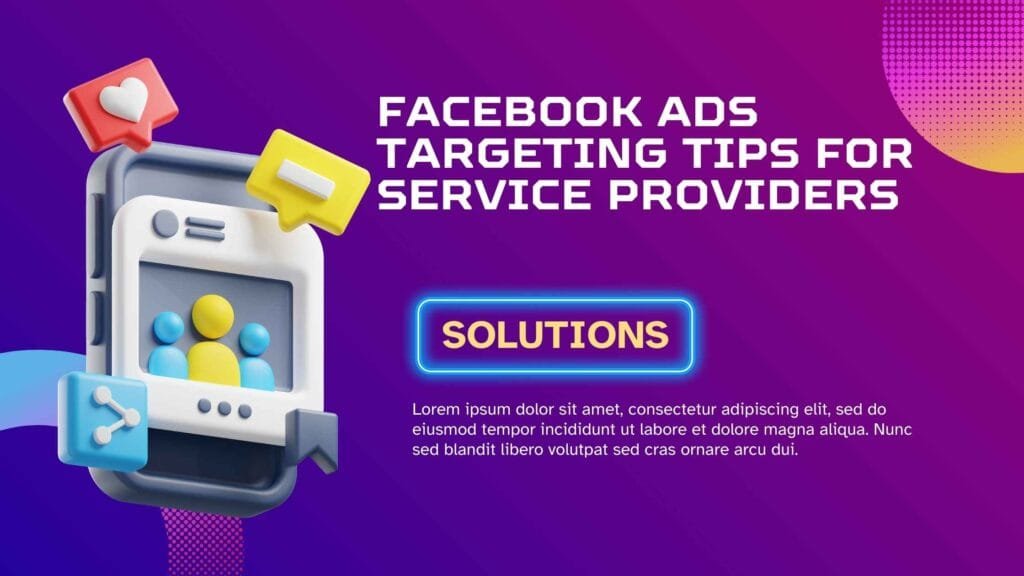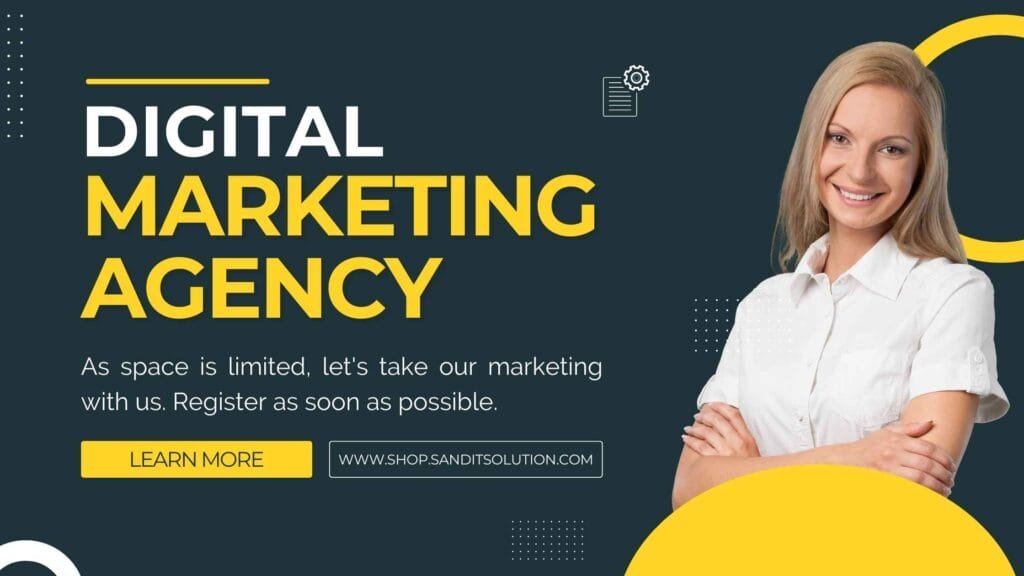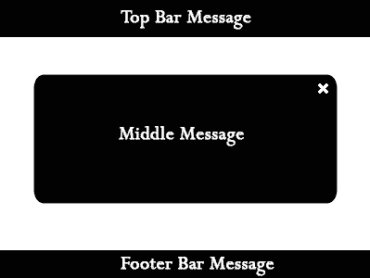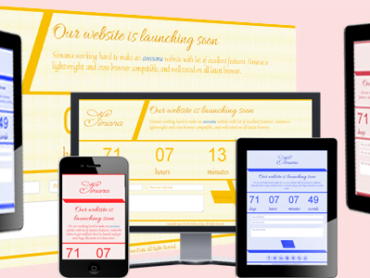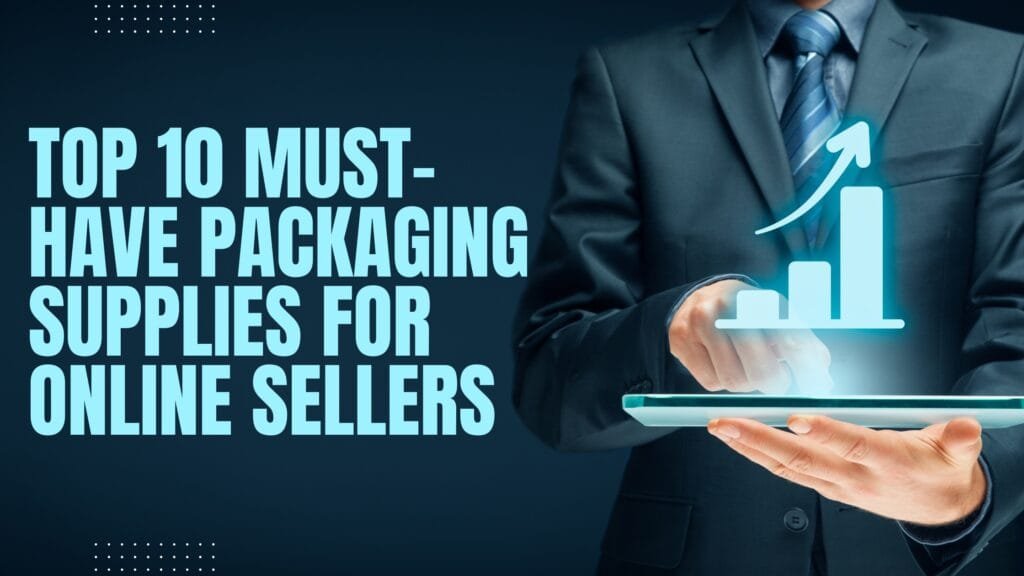
Introduction
If you’re running an online store in 2025 — selling clothes, accessories, gadgets, handmade items or any product — good packaging is no longer optional. It’s the backbone of a smooth e-commerce operation. The right packing supplies ensure your products reach customers safely, reduce returns and damage, and shape the first impression of your brand. Here are the 10 must-have packaging items every online seller should keep ready.
1. Corrugated Shipping Boxes
Strong, durable corrugated cardboard boxes remain the most versatile and reliable option for shipping a wide range of products — from electronics to home goods.
2. Padded Mailers / Bubble-Lined Mailer Bags
For lighter and non-fragile items like clothing, fabric products, documents, or soft goods, padded mailers or bubble-lined mailer bags are ideal. They are lighter, more economical, and easier to ship compared to boxes.
3. Packing Tape (BOPP or Reinforced Tape)
No package is secure without tape. High-quality packing tape — such as BOPP tape — is essential to tightly seal boxes or mailers and ensure they don’t open or get tampered with in transit.
4. Cushioning & Void-Fill Materials (Bubble Wrap, Air Pillows, Packing Paper)
If you sell fragile items — like mugs, glassware, electronics, or delicate handmade products — simply putting them in a box isn’t enough. Using cushioning materials like bubble wrap, air pillows, foam inserts, or packing paper helps absorb shocks and prevents items from moving inside the box.
